Nigella seeds (Nigella sativa), also known as kalonji, black cumin, or charnushka, are small black seeds with a distinctive triangular shape used globally in cooking and traditional practices. Unlike black sesame seeds, they have a matte finish and deliver a unique flavor profile combining nuttiness, subtle pepperiness, and mild onion notes. This guide answers exactly what they are, how to use them properly in cooking, and what science says about their properties.
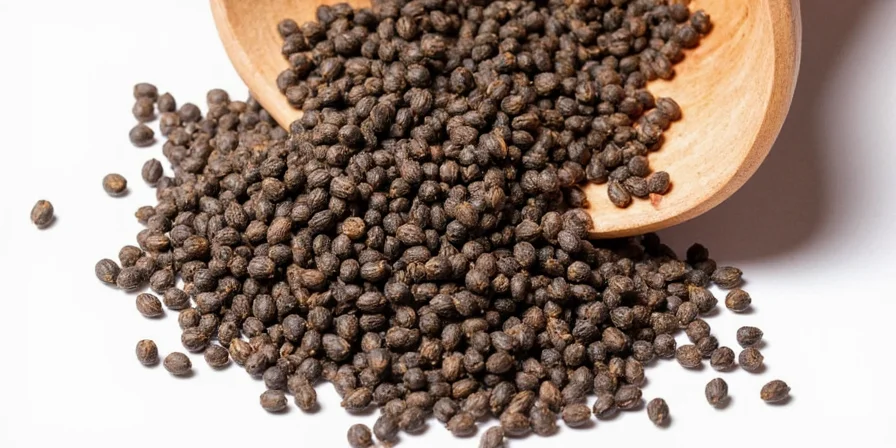
What Are Nigella Seeds? Essential Identification Guide
Nigella seeds come from the Nigella sativa plant native to South and Southwest Asia. Archaeological evidence shows they've been used since ancient Egyptian times, with seeds discovered in King Tutankhamun's tomb. They're commonly mistaken for black sesame seeds but have distinct characteristics:
- Appearance: Matte black with triangular shape (vs. shiny, oval black sesame)
- Flavor chemistry: Contains thymoquinone creating complex aroma
- Common names: Kalonji (India), habbat al-barakah (Arabic), charnushka (Eastern Europe)
Unlike cumin or onion seeds, nigella seeds offer a balanced flavor that enhances rather than dominates dishes. Their biochemical properties explain why they're irreplaceable in regional cuisines across multiple continents.

How to Use Nigella Seeds in Cooking: Practical Applications
Nigella seeds transform dishes through three key culinary mechanisms:
- Flavor amplifier: Enhances other spices without overpowering
- Texture contributor: Adds subtle crunch when sprinkled on finished dishes
- Chemical interaction: Boosts curcumin absorption by 30% when paired with turmeric
Top 5 Culinary Uses for Nigella Seeds
- Bread applications: Essential for naan, lavash, and Jewish rye breads (use 1 tsp per loaf)
- Legume dishes: Add 1/2 tsp to dals or lentil stews during tempering
- Vegetable preservation: Include in pickling brines for cucumbers and turnips
- Spice blends: Key component in Ethiopian berbere and Bengali panch phoron
- Dressings: Combine with lemon juice to balance mild bitterness
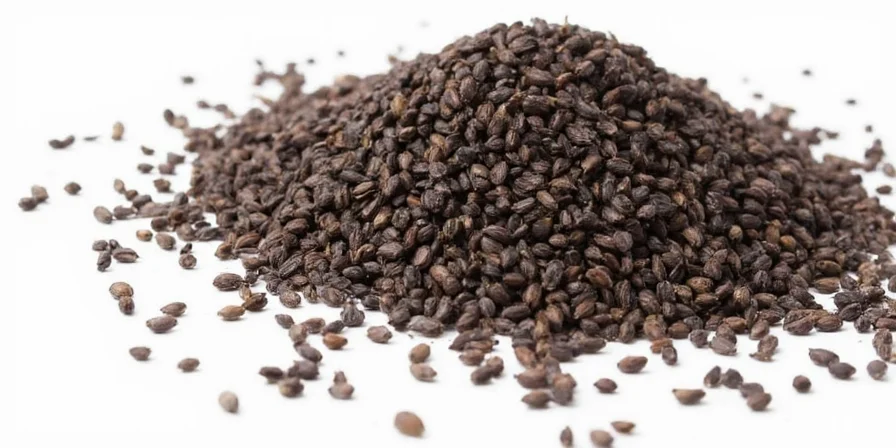
Nigella Seeds vs Similar Spices: Complete Comparison Chart
| Spice | Key Characteristics | When to Use | Substitution Ratio |
|---|---|---|---|
| Nigella Seeds | Nutty foundation, peppery finish, subtle onion aroma | Breads, legumes, pickles | Use as primary ingredient |
| Black Sesame | Smoother nuttiness, no pepper notes | Dressings, baked goods | 1:1 but lacks complexity |
| Cumin Seeds | Earthy, smokier profile | Chilis, roasted vegetables | Not recommended |
| Onion Seeds | Stronger onion flavor | Indian breads only | 1:1 but alters flavor profile |
Critical distinction: Nigella seeds (kalonji) are not the same as black onion seeds, despite common confusion. Black onion seeds come from a different plant (Bunium persicum) and have stronger flavor.

What Science Says About Nigella Seeds' Properties
Research published in the Journal of Ethnopharmacology confirms nigella seeds contain over 100 bioactive compounds. The primary compound, thymoquinone, demonstrates antioxidant properties in laboratory studies. Traditional uses in Ayurvedic and Unani medicine align with modern findings about potential benefits:
- Culinary metabolism support: May assist healthy blood sugar regulation when consumed regularly as part of balanced diets
- Antioxidant activity: Shows free radical neutralization in controlled studies
- Digestive properties: Traditionally used to ease occasional discomfort
- Skin applications: Used in traditional topical preparations
Important: These properties are observed when seeds are consumed as food ingredients. Nigella seeds are not medicinal replacements for health conditions. Consult healthcare providers before using for therapeutic purposes.
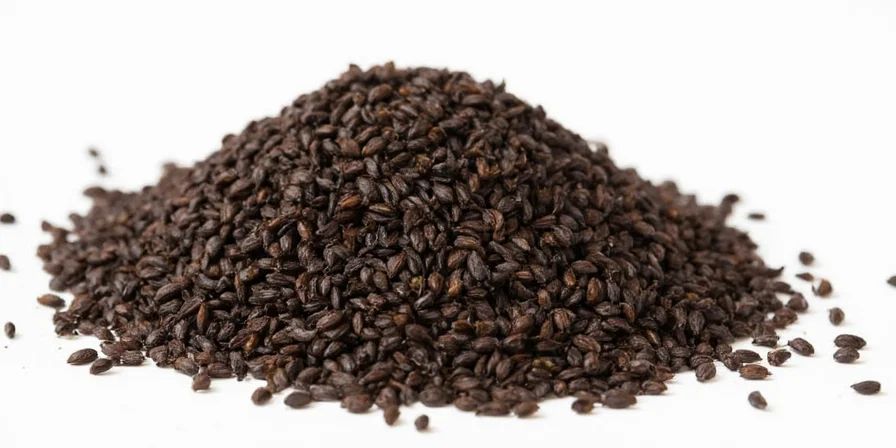
Proven Cooking Techniques for Maximum Flavor
- Precise toasting: Heat in dry pan at 325°F (163°C) for 90 seconds to activate flavor compounds without bitterness
- Layered addition: Add half at cooking start for depth, remaining half at finish for aroma bursts
- Oil infusion method: Heat 1 tbsp seeds in 1/4 cup oil for 5 minutes to create versatile seasoning base
- Acid pairing: Combine with citrus or vinegar in dressings to balance mild bitterness
- Texture preservation: Sprinkle on finished dishes rather than cooking thoroughly to maintain signature crunch
Critical storage tip: Keep whole nigella seeds in opaque containers away from heat. They maintain potency for 24 months refrigerated, significantly longer than ground spices. Avoid moisture exposure to prevent flavor degradation.
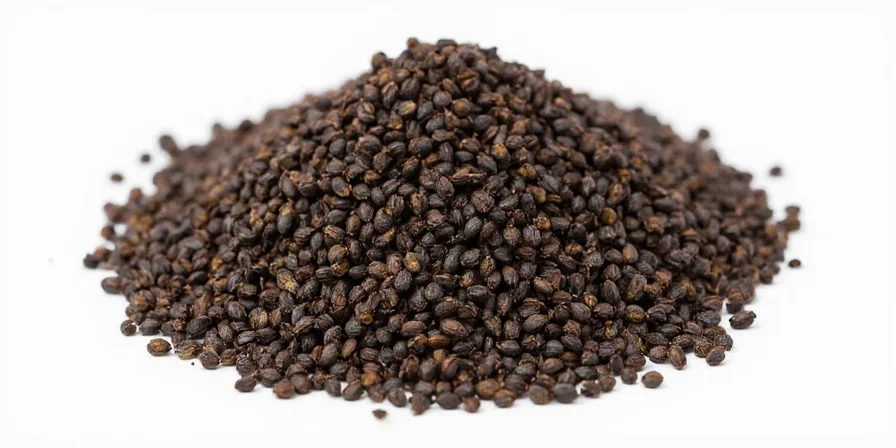
Mastering Nigella Seeds in Everyday Cooking
Nigella seeds transform ordinary dishes through subtle biochemical interactions rather than overpowering flavors. Their true culinary value lies in how they enhance other ingredients. Start with simple applications like sprinkling on flatbreads or adding to lentil dishes to experience their transformative effect.
Understanding their precise thermal activation points (300-350°F) and compatibility with other spices unlocks capabilities beyond simple substitution. This humble seed bridges ancient tradition and contemporary cooking science, proving that the most powerful kitchen tools often come in the smallest packages.
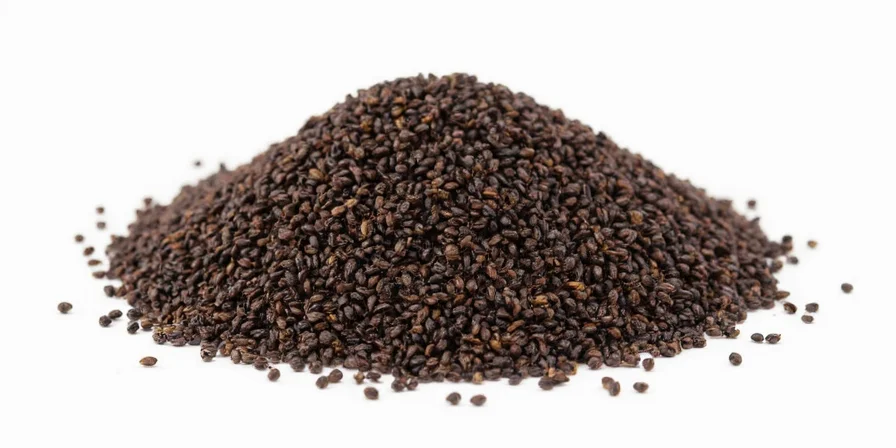
Frequently Asked Questions About Nigella Seeds
What are nigella seeds and how do they differ from black sesame?
Nigella seeds (Nigella sativa) have a matte black, triangular shape and deliver nutty, peppery notes. Black sesame seeds are shiny, oval-shaped, and offer smoother nuttiness without pepper notes. They come from completely different plants and aren't interchangeable in recipes requiring authentic flavor.
How much nigella seeds should I use in cooking?
Start with 1/2 to 1 teaspoon per dish. For breads: 1 tsp per loaf. For legume dishes: 1/2 tsp during tempering. For dressings: 1/4 tsp combined with acid. Their flavor intensifies when heated, so begin with smaller amounts and adjust to taste.
Do I need to toast nigella seeds before using them?
Yes for maximum flavor. Toast at 325°F (163°C) for 90 seconds in a dry pan. Under-toasting yields grassy notes; over-toasting produces bitterness. Properly toasted seeds release volatile oils that create complex aromas essential for authentic dishes.
Can I substitute nigella seeds in recipes?
For bread applications: Use black sesame seeds plus a pinch of dried oregano. For legume dishes: Combine cumin and mustard seeds in 2:1 ratio at half the quantity. Complete substitution isn't possible as nigella seeds offer unique flavor chemistry that transforms dishes in ways other spices cannot replicate.
Are nigella seeds safe for daily consumption?
Yes in culinary amounts (up to 2 tsp daily). Those with seed allergies should exercise caution. Consult healthcare providers before medicinal use during pregnancy. When used as food ingredients, they present no known safety concerns for most people.

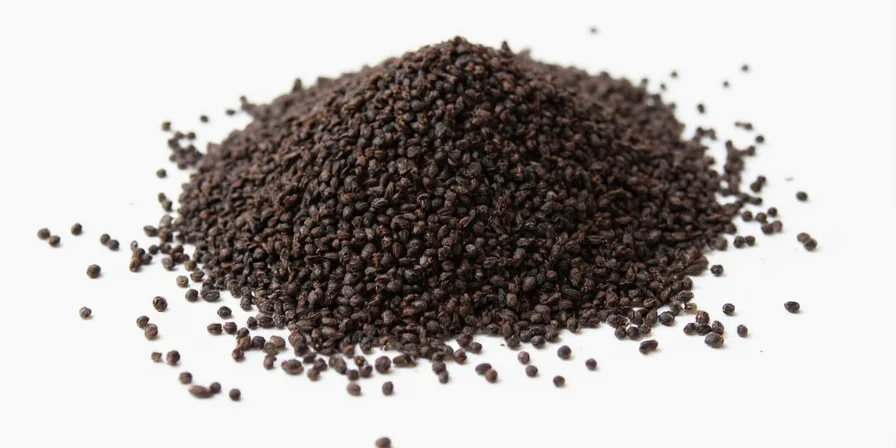









 浙公网安备
33010002000092号
浙公网安备
33010002000092号 浙B2-20120091-4
浙B2-20120091-4